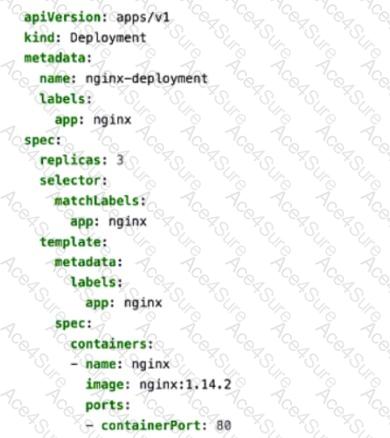Juniper JN0-214 Question Answer
Click the Exhibit button.

You apply the manifest file shown in the exhibit.
Which two statements are correct in this scenario? (Choose two.)
Juniper JN0-214 Question Answer
Click the Exhibit button.

You apply the manifest file shown in the exhibit.
Which two statements are correct in this scenario? (Choose two.)